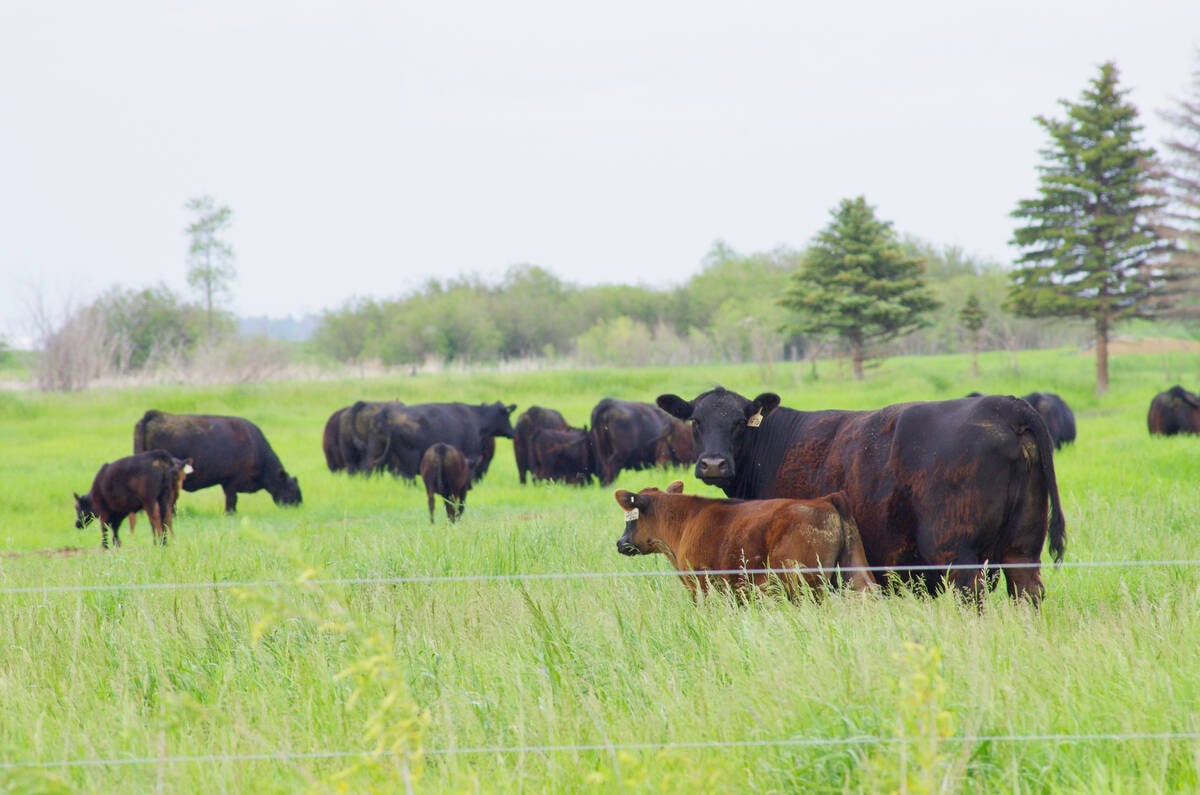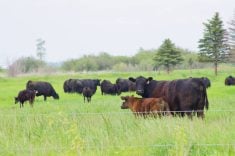Testing for BSE at slaughterhouses continues, despite the dramatic decline in cases in recent years and the fact that Canada’s last case was in 2015.
I had hoped that requiring meat plants to test specified risk materials such as spinal cords, brains and other nervous-related areas would have been eliminated once the country achieved negligible risk status.
However, the program is still in effect, resulting in higher costs for Canadian plants than for their American counterparts.
Read Also

Tick research from the University of Manitoba focuses on insects and testing
Manitoba researchers are looking into the effects of tick and fly disease in cattle.
Continued testing and their extra costs remain a heated topic within the veterinary and agricultural communities.
Some experts argue that rigorous testing protocols should be maintained to prevent any resurgence of the disease, while others believe the risk is now sufficiently low enough to warrant a reduction in testing.
I would definitely agree with the latter.
One thing is certain: BSE left a lasting impact on global food safety policies.
The disease, which first emerged prominently in the 1980s in Great Britain, caused widespread concern and led to the implementation of stringent testing and control measures.
These measures were instrumental in identifying and isolating infected animals, thereby protecting the food supply chain from potential contamination.
Veterinarians were recently told that the BSE program would be changing March 7, but that has since changed. For now, it is the same as usual for the distant future.
The proposed changes would have been to just sample neurological cases that have the same type clinical signs as BSE.
It makes sense to do surveillance on unusual neurological cases, but for now, we are back to the old program.
In Alberta, this means veterinarians conducting complete autopsies on dead, dying, down and diseased cases and the brain stem sampled and sent to the lab.
This costs producers nothing, and in Alberta, they receive some compensation.
I have always said that if there was anything else that the Canadian Food Inspection Agency needed sampled, either for surveillance or research, it could be done by the veterinarians that were essentially certified to do the testing.
I realize that in Alberta it was done by licensed vets certified for collection of the samples, and each province has different protocols.
I do hope that more than 20 years of testing have shown producers the value of the complete postmortem.
Most times, a veterinarian can determine the cause of death from just the gross necropsy, and if not, samples can be taken and sent away.
I realize some cases are chronic, and producers have a good idea what they’re dealing with.
However, especially with sudden deaths and non-specific chronic cases, it is good to find out the positive diagnosis. Is it the start of a herd problem or just an individual case? Are you getting too many peritonitis or thin cows from kidney infection or Johne’s disease? Are you retaining cows until they’re too old and are missing teeth?
Much can be learned from an autopsy, and even if in the future the BSE program is reduced or eliminated, some of these cows and bulls should still be autopsied.
Autopsies are about helping with disease prevention and assessing cattle’s health.
I would have hoped that more than 20 years of the BSE program would have shown the need to monitor the prevalence of other diseases, similar to what the Alberta Veterinary Surveillance Network used to do years ago.
However, I am sure that if something worthy came along, it could be added to the program.
It is good for all of us to see how a co-operative spirit and dedication to testing essentially eradicated BSE in Canada.
It was a prime example of the field-practicing veterinarians working together with the slaughter plants, producers, provincial vets and the CFIA. It was also a win for the Canadian Cattle Association and its provincial counterparts.
The crisis helped unite us much as the threat of tariffs is today.
The CCA is much better off with us all on board working on disease surveillance and being as transparent as we can about the findings. It may be right over the next several months to state what the BSE program has meant to you on your individual farms and ranches.
Today, the news focuses on avian Influenza in dairy cattle, foot-and-mouth disease in Europe and bovine tuberculosis in Saskatchewan.
We are stronger if we collectively work on a goal together, and the BSE example has taught us all a lot about how to do just that —“collaborate” for a common end goal.
Roy Lewis works as a veterinarian in Alberta.

















